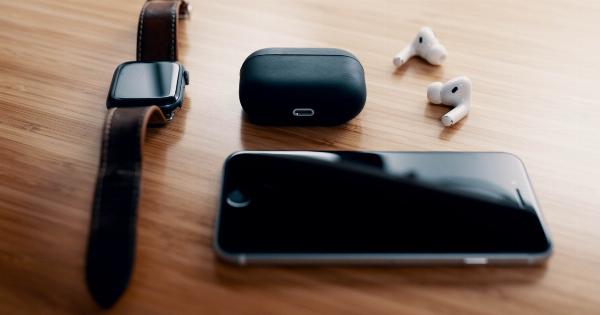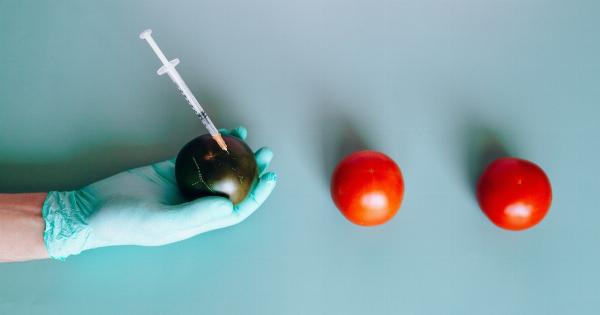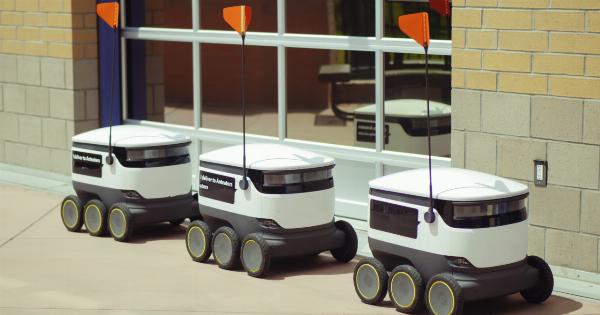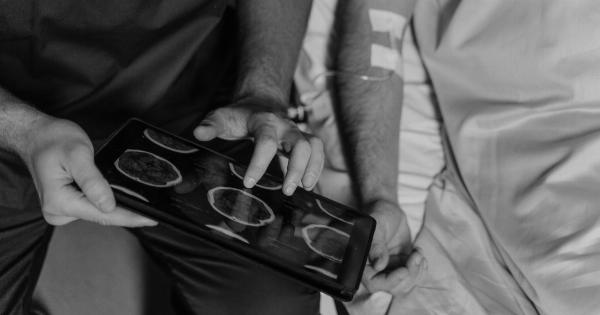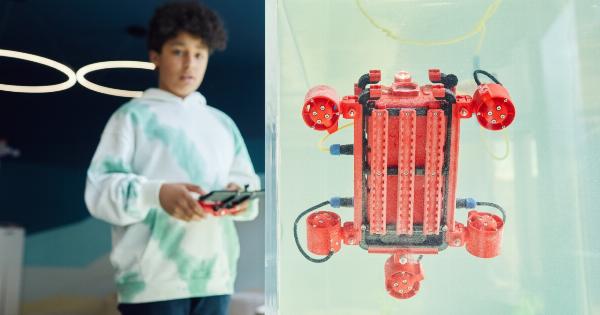Smartphones have become an integral part of our daily lives, serving as a communication tool, entertainment device, and personal assistant.
But what if they could offer something even more groundbreaking? It turns out that your smartphone may soon have the potential to detect cancer, revolutionizing the way we approach cancer screening and diagnosis.
The Rise of Medical Technology
The field of medical technology has been rapidly advancing, with new innovations constantly emerging.
From wearable devices to AI-powered diagnostic tools, there has been a significant shift towards integrating technology into healthcare to improve patient outcomes and increase convenience for both patients and healthcare professionals.
Smartphone Applications in Healthcare
Smartphone applications, or apps, have been developed for a wide range of purposes, including fitness tracking, mental health support, and chronic disease management.
These apps leverage the power of smartphones to provide users with valuable insights and tools to monitor and improve their health.
The Potential of Cancer Detection
Researchers and developers are now exploring the potential of smartphones in the early detection of cancer.
By utilizing the various sensors and capabilities of modern smartphones, such as the camera, accelerometer, and microphone, it is possible to collect data that can help identify possible signs of cancer.
Camera-Based Detection
The camera on your smartphone can do much more than take photos. It can also be used to detect skin cancer through visual analysis.
Specialized apps are being developed that utilize machine learning algorithms to analyze images of moles, lesions, or other suspicious skin abnormalities. These apps can provide users with a preliminary assessment of whether further medical evaluation is required.
Accelerometer and Microphone-Based Detection
The accelerometer, a sensor that detects motion, and the microphone, which captures sound, can also play a role in cancer detection.
Certain types of cancers, such as lung or gastrointestinal cancers, produce unique sound patterns or vibrations that can be detected by these sensors. By analyzing the data collected from these sensors, algorithms can potentially identify early-stage cancer.
Advantages of Smartphone-Based Detection
The potential of using smartphones for cancer detection offers several advantages. Firstly, smartphones are readily available to a large portion of the population, making cancer screening more accessible.
Additionally, the non-invasive nature of smartphone-based detection methods eliminates the need for uncomfortable and sometimes costly procedures.
Challenges and Limitations
While the idea of using smartphones to detect cancer is exciting, there are several challenges and limitations that need to be addressed.
One key challenge is the need for accurate algorithms that can reliably detect cancer based on the data collected by smartphone sensors. Machine learning and AI technologies will play a crucial role in developing these algorithms.
Data Privacy and Security
Another important aspect to consider is data privacy and security. When collecting personal medical data through smartphone apps, it is crucial to ensure that the information is protected and processed in compliance with privacy regulations.
Safeguarding this sensitive data is of utmost importance to maintain patient confidentiality and trust.
Integration with Healthcare Systems
The successful integration of smartphone-based cancer detection into existing healthcare systems is another challenge that needs to be addressed.
Healthcare professionals and institutions must be prepared to incorporate this technology into their workflows and design protocols for follow-up care, ensuring seamless collaboration between smartphone apps and medical professionals.
The Future of Cancer Detection
While smartphone-based cancer detection is still in its early stages, it holds immense promise for improving early detection rates and ultimately saving lives.
The convenience and accessibility of smartphones make them an ideal platform for reaching a larger population and identifying potential cancer cases at an earlier stage.
Implications for Healthcare
The integration of smartphone-based cancer detection into healthcare has the potential to reduce the burden on healthcare systems and increase the efficiency of cancer screening programs.
By leveraging the power of smartphones, healthcare professionals can focus their resources on patients who require further investigation, thus streamlining the process and improving patient outcomes.
Conclusion
In conclusion, smartphones have the potential to revolutionize the field of cancer detection. With their advanced sensors and processing capabilities, they can provide accessible and non-invasive methods for early cancer identification.
However, further research and development are still needed before smartphone-based cancer detection becomes a widespread reality. Nevertheless, this emerging technology brings hope for a future where cancer can be detected earlier, offering more treatment options and ultimately saving lives.

